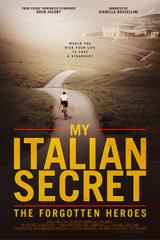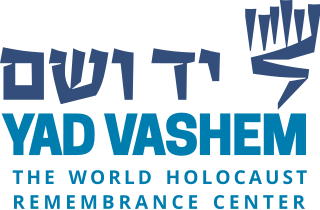
Yad Vashem is Israel's official memorial to the victims of the Holocaust. It is dedicated to preserving the memory of the Jews who were murdered; honoring Jews who fought against their Nazi oppressors and Gentiles who selflessly aided Jews in need; and researching the phenomenon of the Holocaust in particular and genocide in general, with the aim of avoiding such events in the future.

During World War II, some individuals and groups helped Jews and others escape the Holocaust conducted by Nazi Germany. Since 1953, Israel's Holocaust memorial, Yad Vashem, has recognized 26,973 persons as Righteous among the Nations. Yad Vashem's Holocaust Martyrs' and Heroes' Remembrance Authority, headed by an Israeli Supreme Court justice, recognizes rescuers of Jews as Righteous among the Nations to honor non-Jews who risked their lives during the Holocaust to save Jews from extermination by the Nazi Germany.

Righteous Among the Nations is an honorific used by the State of Israel to describe non-Jews who risked their lives during the Holocaust to save Jews from extermination by the Nazis for altruistic reasons. The term originates with the concept of "righteous gentiles", a term used in rabbinic Judaism to refer to non-Jews, called ger toshav, who abide by the Seven Laws of Noah.

This is a selected bibliography and other resources for The Holocaust, including prominent primary sources, historical studies, notable survivor accounts and autobiographies, as well as other documentation and further hypotheses.

Yitzhak Arad was an Israeli historian, author, IDF brigadier general and Soviet partisan. He also served as Yad Vashem's director from 1972 to 1993, and specialised in the history of the Holocaust.
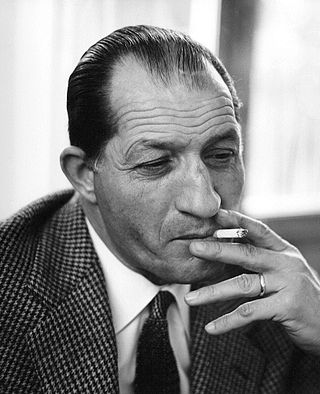
Gino Bartali, nicknamed Gino the Pious and Ginettaccio, was a champion road cyclist. He was the most renowned Italian cyclist before the Second World War, having won the Giro d'Italia twice, in 1936 and 1937, and the Tour de France in 1938. After the war, he added one more victory in each event: the Giro d'Italia in 1946 and the Tour de France in 1948. His second and last Tour de France victory in 1948 gave him the largest gap between victories in the race.

Irene Gut Opdyke was a Polish nurse who gained international recognition for aiding Polish Jews persecuted by Nazi Germany during World War II. She was honored as a Righteous Among the Nations by Yad Vashem for risking her life to save twelve Jews from certain death.
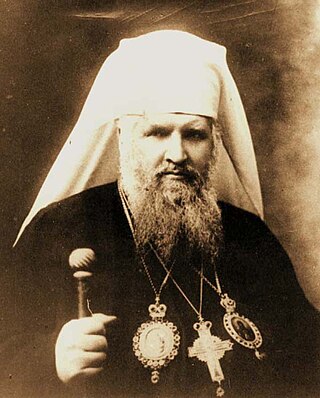
Andrey Sheptytsky, OSBM was the Metropolitan Archbishop of the Ukrainian Greek Catholic Church from 1901 until his death in 1944. His tenure spanned two world wars and seven political regimes: Austrian, Russian, Ukrainian, Polish, Soviet, General Government (Nazi), and again Soviet.

Père Marie-Benoît was born Pierre Péteul. As a Capuchin Franciscan friar he helped smuggle approximately 4,000 Jews into safety from Nazi-occupied Southern France. On 1 December 1966, he was honored with the Medal of the Righteous among the Nations for his courage and self-sacrifice. His actions to save Jews during the Holocaust were the reason for his epithetFather of the Jews.

Elia Dalla Costa was an Italian Roman Catholic prelate and cardinal who served as the Archbishop of Florence from 1931 until his death. Dalla Costa served as the Bishop of Padua from 1923 until 1931 when he was transferred to Florence; he was elevated to the cardinalate on 13 March 1933. Dalla Costa was a staunch anti-fascist and anti-communist and was known best for providing refuge for Jewish people during World War II and providing others with fake documentation to flee from persecution.
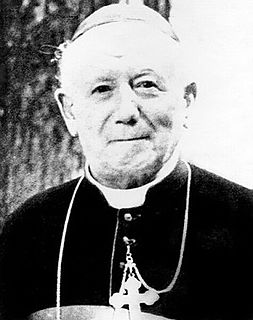
Jules-Géraud Saliège was a French Cardinal of the Roman Catholic Church. He served as Archbishop of Toulouse from 1928 until his death, and was a significant figure in Catholic resistance to Nazism in France. He was elevated to the cardinalate in 1946 by Pope Pius XII. For his efforts to protect Jews during the Nazi Holocaust he was recognised as Righteous among the Nations by Yad Vashem.
José Arturo Castellanos Contreras was a Salvadoran army colonel and diplomat who, while working as El Salvador's Consul General for Geneva during World War II, and in conjunction with a Jewish-Romanian businessman named György Mandl, helped save up to 40,000 Central European Jews, most of them from Hungary, from Nazi persecution by providing them with fake Salvadoran citizenship certificates.

Selahattin Ülkümen was a Turkish diplomat and consul in Rhodes during the Second World War, who assisted the Jewish community in the island with Turkish citizenship to avoid them being deported during the Holocaust. In 1989, Israel recognized him as among the Righteous Among the Nations, and listed his name at Yad Vashem.
During the Holocaust, the Catholic Church played a role in the rescue of hundreds of thousands of Jews from being murdered by the Nazis. Members of the Church, through lobbying of Axis officials, provision of false documents, and the hiding of people in monasteries, convents, schools, among families and the institutions of the Vatican itself, saved hundreds of thousands of Jews. The Israeli diplomat and historian Pinchas Lapide estimated the figure at between 700,000 and 860,000, although the figure is contested.
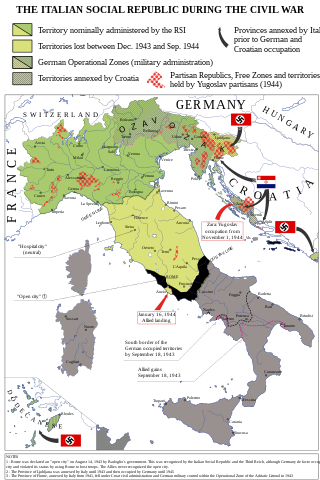
The Holocaust in Italy was the persecution, deportation, and murder of Jews between 1943 and 1945 in the Italian Social Republic, the part of the Kingdom of Italy occupied by Nazi Germany after the Italian surrender on September 8, 1943, during World War II.
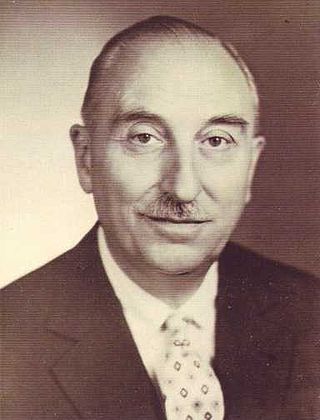
Giovanni Borromeo was an Italian physician. In 2004 Yad Vashem recognized him as a “Righteous among the Nations” for saving five members of the Almagià and extended family. Borromeo had been a student and assistant of Marco Almajà, a highly respected professor of physiopathology at the University of Rome.

Don Aldo Brunacci was the pastor of the San Rufino Cathedral.

Edward Mosberg was a Polish-American Holocaust survivor, educator, and philanthropist. During the Holocaust, he was held by the Nazis from 14 years of age in Kraków Ghetto, Kraków-Płaszów concentration camp, Auschwitz concentration camp, Mauthausen concentration camp, and a slave labor camp in Linz, Austria, that was liberated by the US Army in 1945. Nearly all of his family were murdered in the Holocaust.
